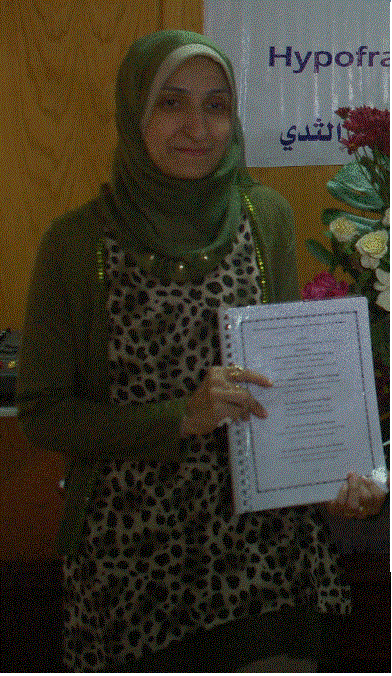Abstract Background: Postmastectomy radiotherapy reduces loco-regional recurrence among women with operable breast cancer and improves survival for up to 10 years. Objectives: Conventional fractionated radiotherapy (CF) has been limited by patient’s compliance, travelling, unplanned interruption and others. Hypofractionated (HF) schedule would be more appealing and convenient for both patients and radiotherapists. We prospectively tested for OS, DFS, locoregional control, and treatment related toxicities, in patients treated with CF and HF schedules. Methods: 47 patients suffering from cancer breast stage T2-4, any N, underwent surgery and received adjuvant systemic and radiation therapies. These patients were scheduled for adjuvant radiotherapy and randomly divided into two groups; CF (n = 162), and HF (n = 181).The logrank test examined differences in OAS and DFS rates. Data of radiation toxicities, and disease relapse in both CF and HF groups were compared using Chi-square test. Findings: The median follow up was 34 months (range: 13 – 53 months). Four-year OAS rates for the both groups were 98 % with 100% for CF and 96% for HF group, and with no significant difference (P value= 0.37). The 4 year disease free survival rate for both were 87% with 81% and 92% for CF and HF respectively (p-value= 0.47) and HR= 0.52 (0.09-2.13). As regard treatment related toxicity, 3 patients (12%) of HF group had toxicity compared with 1 patient (4.5%) in CF, yet, not statistically significant. Interpretation: these data showed that HF 42 Gy radiotherapy in 16 fractions was not inferior, safe and comparable to CF in terms of OAS, loco-regional tumor control and toxicities. These results need to be tested in large scale multicenter randomized control trials.

